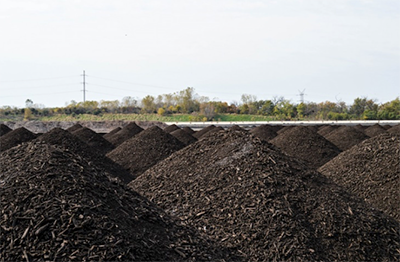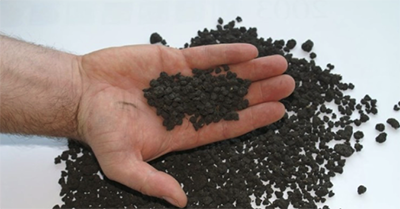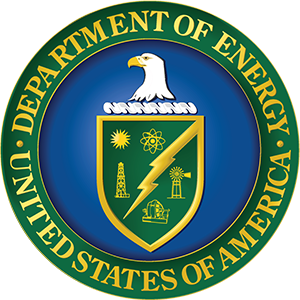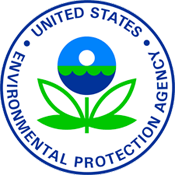Introduction
Within This Page
Biosolids are defined by the Environmental Protection Agency (EPA) as: “nutrient-rich organic materials . . . that can be recycled and applied as fertilizer to improve and maintain productive soils and stimulate plant growth.” Biosolids that are land-applied must, at a minimum, meet the requirements of 40 Code of Federal Regulations (CFR) Part 503 (503 Rule) for pathogen reduction, metals, and vector attraction reduction. Biosolids improve the nutrients and water retention of the soil. Biosolids are beneficially used for the reclamation of soils damaged through mining, industrial uses, fire, overgrazing, coastal dredging, and infill.
The benefits of biosolids for both soil and vegetation are numerous and well recognized. Biosolids provide primary nutrients (nitrogen and phosphorous) and secondary nutrients such as calcium, iron, magnesium and zinc. Biosolids have been successfully land applied to farmland without negative consequences for decades.
Biosolids can play a critical role with respect to climate change and its impacts on soil by providing the soil organic carbon and organic matter to build soils. The addition of biosolids can also sequester carbon in the soil. Additionally, there are many opportunities to convert the chemical energy in solids to a useable form. Energy recovery options range from established systems employing anaerobic digestion and incineration, to emerging technologies, such as Supercritical Water Oxidation and hydrothermal gasification. An estimated 5,000 wastewater systems in the U.S. can likely support the construction of a biogas system to convert the organics filtered out of the wastewater into energy and soil products.

Biosolids ready for use in an agricultural application
Description
Biosolids are wastewater solids that have been treated and stabilized. There are many ways to treat biosolids at a water resource recovery facility (WRRF). Depending on the treatment process, each biosolids process will have unique characteristics and below are descriptions of a select few.

Biosolids can range in size to small pellets to large chunks
Digestion: Anaerobic digestion is a common process to manage wastewater by reducing the amount of waste while simultaneously generating valuable byproducts. During the process, microorganisms break down the organic material in an oxygen-free environment, producing a biogas (consisting of methane and carbon dioxide) and treated solids (known as biosolids) that have reduced pathogens and odors.
Thermal Drying: Thermal drying utilizes heat to drive water out of wastewater solids and produce a Class A biosolid with approximately 90% dry solids. The drying process reduces the volume and weight of wet solids, lowering transportation and storage costs, while creating an easily handled, low odor product that can be used as a fertilizer, soil conditioner, or biofuel. At some facilities, waste heat from other utility operations is used to further reduce costs. There are some drawbacks to drying, namely higher capital costs, complex equipment requiring trained operators, and operational safety concerns, all of which must be taken into account when choosing a dryer unit.
Solar Drying: Solar dryers utilize the radiant energy from the sun to slowly dry wastewater solids. The solids are either loaded into a greenhouse or simply spread on drying beds outside. The piles are periodically mixed and aerated to promote drying and the end product from a solar drying operation is typically 75% solids. These systems don’t require as much energy input into the process compared to other drying methods but require a larger footprint and take more time to reach a final state.
Composting: Composting is an additional process to treat wastewater solids to EPA Class A biosolids regulatory standards. During the composting process, solids are mixed with woody materials and stacked into large piles. Naturally occurring microorganisms then consume available organic material and in doing so, release heat, raising the overall temperature of the pile. Once the material has been at 131 F or higher for 3 or more days, pathogens and bacteria are typically reduced to Class A levels and the compost can be used as a soil conditioner, providing that lab tests confirm pathogen destruction. Land applying the compost provides organic matter and slow-release nutrients, increases the water-holding capacity of the soil, reduces soil erosion and compaction, and sequesters carbon.










